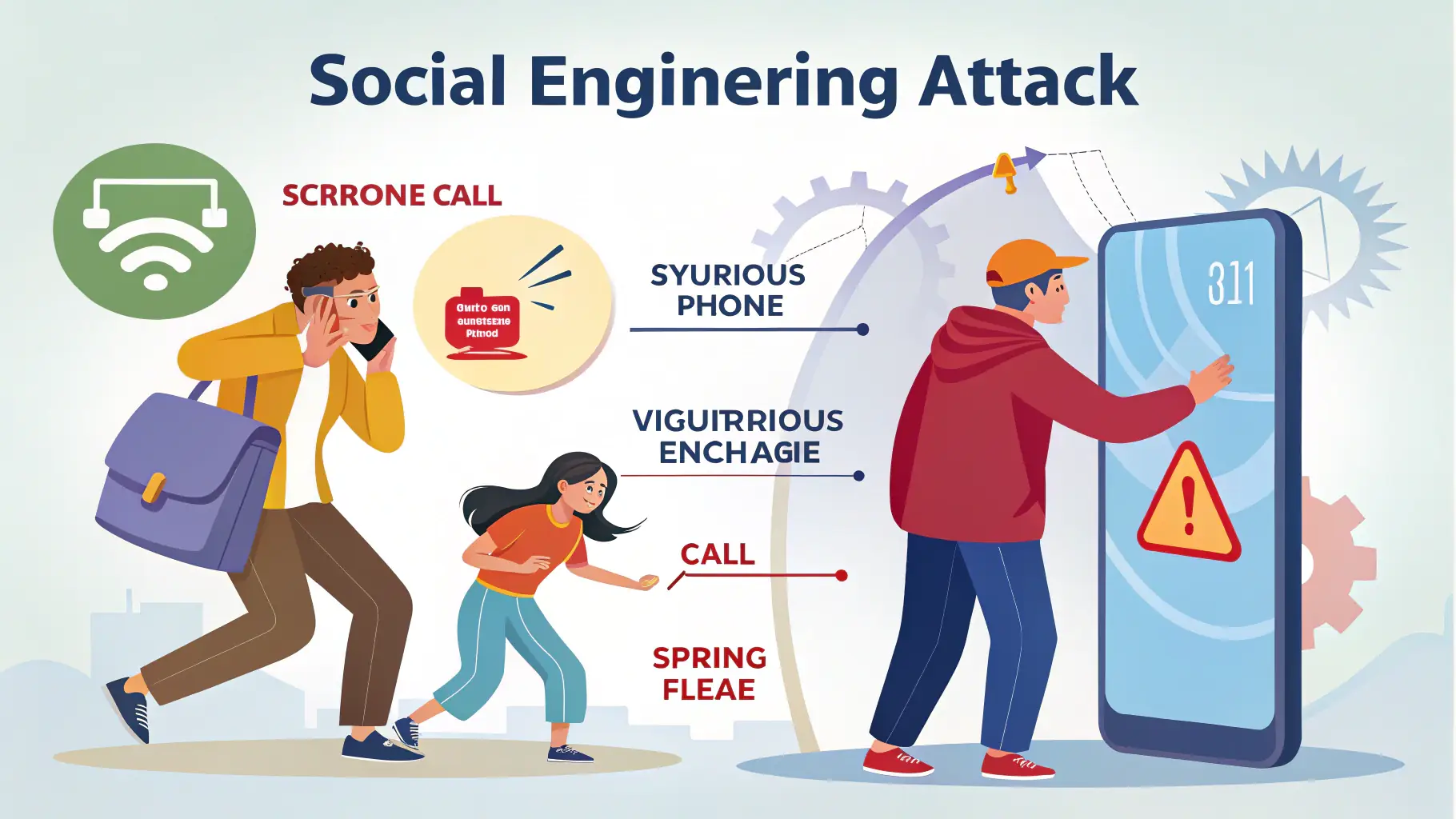Cloud computing has revolutionized how we store and access information, but it also introduces new security challenges. Data breaches and unauthorized access are significant concerns, especially for businesses and individuals storing sensitive information in the cloud. Understanding the risks and best practices for securing your data in cloud environments is crucial in today’s digital landscape. Cloud providers offer various security features, but users must actively participate in maintaining a secure environment. Implementing strong passwords, enabling multi-factor authentication, and regularly updating software are essential steps. Regular security audits and vulnerability assessments are also critical to identify and address potential weaknesses. Furthermore, understanding the security policies of the cloud provider is vital to ensure compliance with industry standards and regulations. Data encryption is another critical aspect of cloud security, protecting sensitive information even if data is compromised. Choosing reputable cloud providers with robust security measures is paramount. Reviewing their security certifications and compliance standards can help you make informed decisions. Regularly monitoring your cloud accounts for suspicious activity is also crucial. Implementing security awareness training for your team or yourself is essential to prevent phishing attacks and social engineering tactics. By understanding and implementing these best practices, you can significantly reduce the risk of data breaches and maintain a secure cloud environment.
Social Engineering Tactics: Recognizing and Preventing Attacks
Understanding social engineering tactics is crucial for recognizing and preventing attacks that exploit human psychology.



